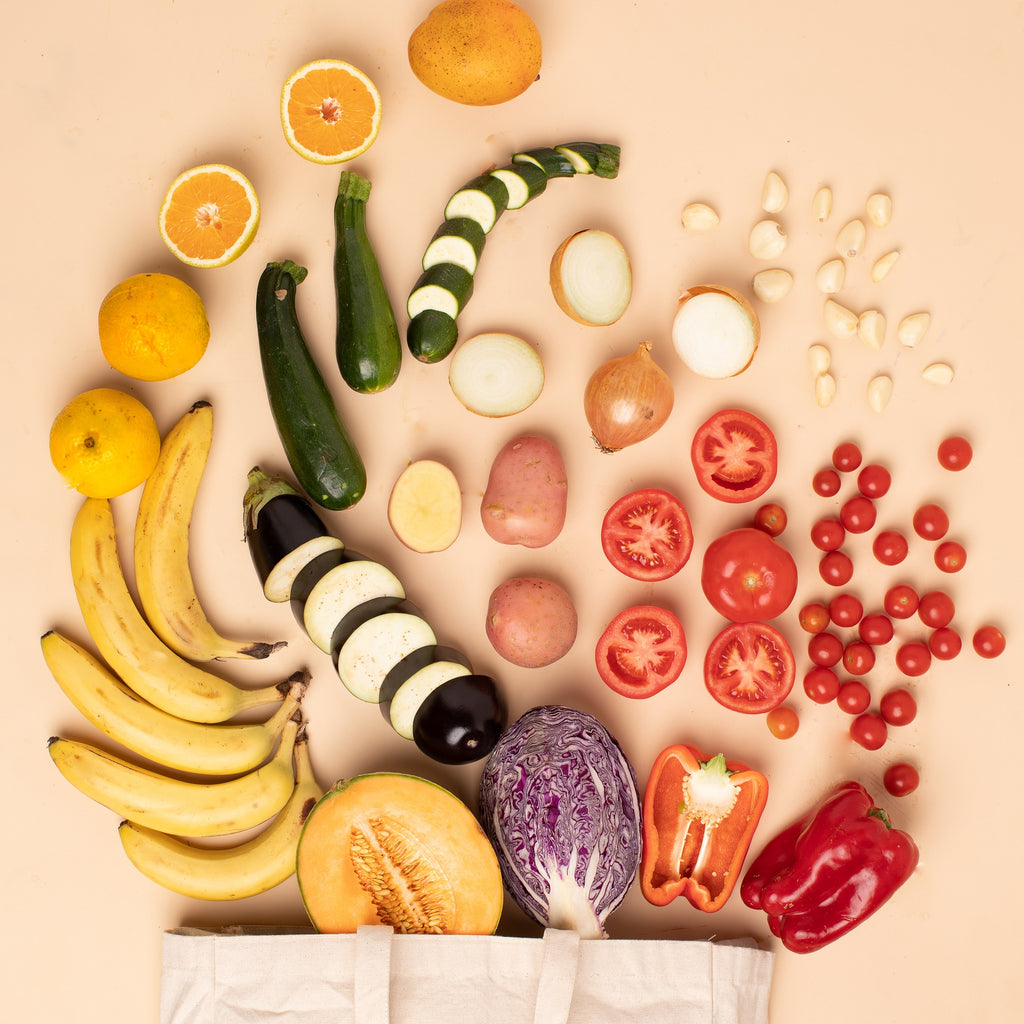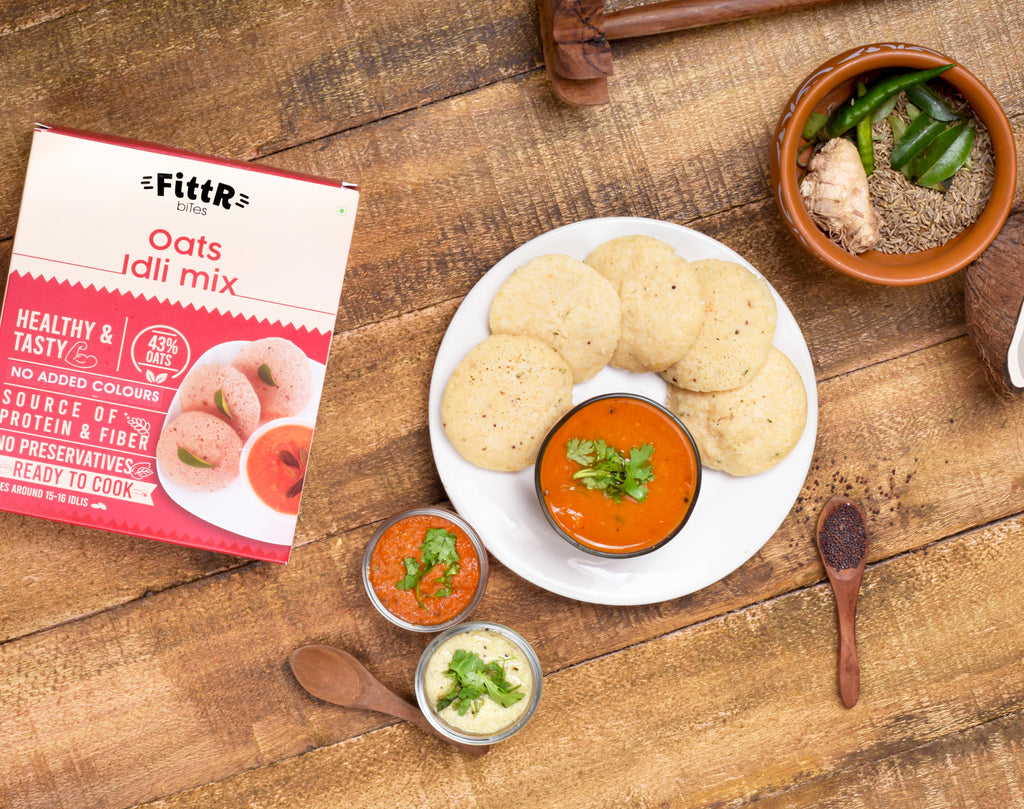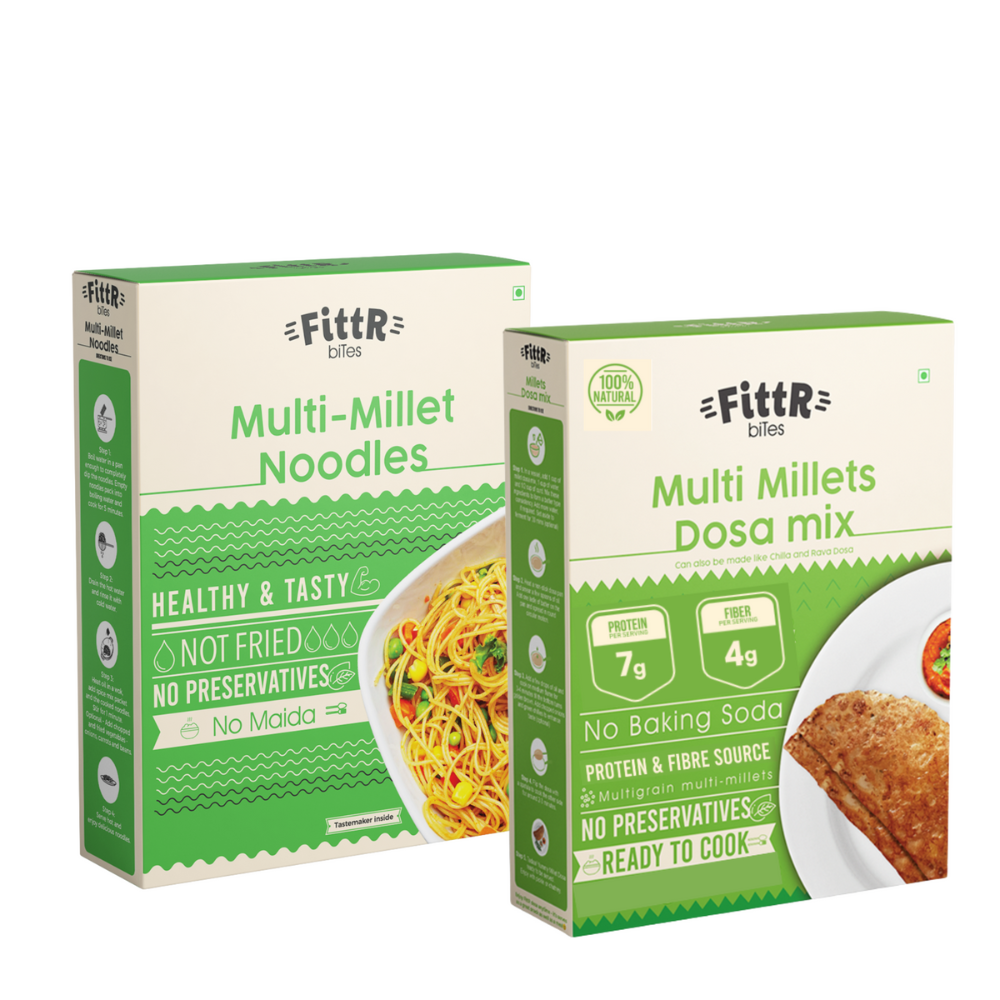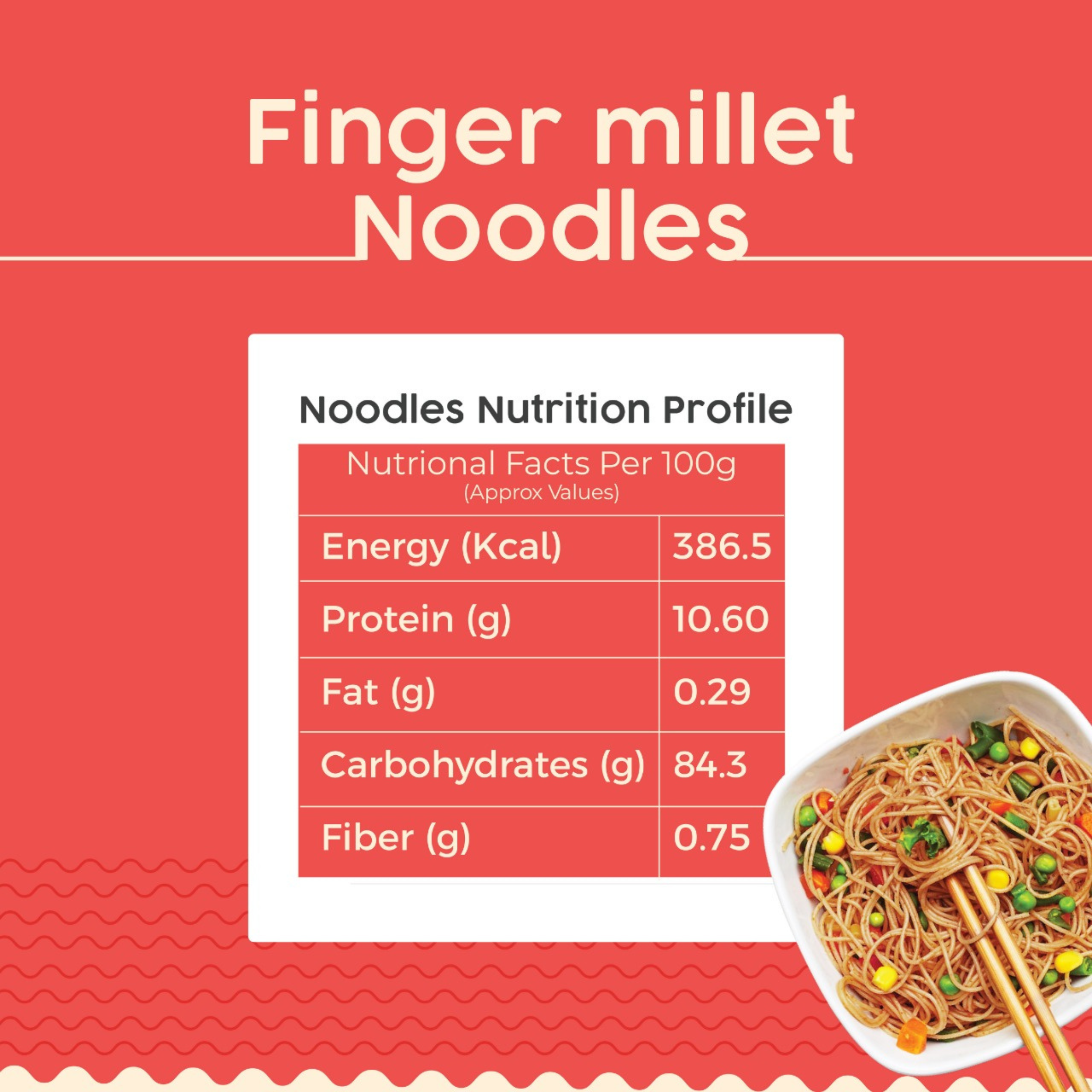
Colourful fruits and vegetables - what do they signify?

Right from our childhood, we’ve been hearing how we need to fill our plates with colors- that it should look like a rainbow to ensure complete and absolute nutrition and promote fitness. Why is that? Why do we look at colors when we look at food- why are they the primary point of contact for most of us?
We can find blues, greens, yellows, oranges- an entire rainbow, really, in our refrigerators, at any point in time. What do these colors mean? What do they signify?
According to Juliann Schaeffer, this coloring tells us a little bit about what we can expect, in terms of nutrition, from these foods.
Red
Red fruits and vegetables are packed with powerful antioxidants. Studies have shown that these food items not only help fight cancer and heart diseases but also reduce the risk of muscular degeneration. Spicy Red Peppers, for example, are a wonderful source of Vitamin A. The sweet variation of the same contains more Vitamin A than even oranges. Tomatoes are a good source of potassium, Vitamin B6, folate, and thiamin. A cool slice of watermelon is the perfect way to hydrate yourself on a hot summer day and is packed with antioxidants. They’re also great if you’re looking for something to help with weight management.
Orange and yellow
Orange foods get their hue from the antioxidant beta-carotene, which helps obtain healthy skin, hair, and vision. Most people lack this antioxidant in their diet, hence it is very important to ensure you have an ample amount of oranges, pumpkin, apricots, mangoes, and carrots in your plate.
Green
A diet rich in green, leafy vegetables is good for your heart. They’re rich in Vitamin K, Magnesium, Nitrates, and Folates, and antioxidants. Greens in the Kale family also contain as much calcium as milk. All the green vegetables help maintain a balanced diet by keeping it rich in potassium. Since eating green vegetables does not come naturally to people, a few ways in which you can do that is by making delicious and diabetic-friendly lettuce wraps, adding leaf extracts to doughs to make green rotis, or simply eating a vegetable sandwich!
Purple
If you tend to worry a lot, add purple food to your diet! The anthocyanin which gives brinjal its color may help lower your blood pressure and calm your brain. It provides vitamins, minerals, and is fiber-rich, and gives the much-needed spark to your plate.
Fruits and vegetables are the easiest, most natural form of healthy food. They have no preservatives, can be eaten instantly, and are gluten-free. So now that you know how each color and food group affects your health, are you ready to turn your plate into a palette?












